There is no technology that’s better than another. Each responds to specific habits, needs and morphology. Choosing between the spring mattress, the latex mattress, the foam mattress or the memory mattress will depend on your personal needs. Some manufacturers are combining materials, such as natural latex and cork granules. Read the description of each to see which suits you best.
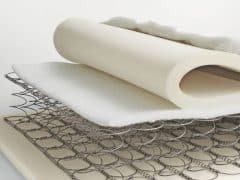
Twils spring mattress
The springs mattress: this type of mattress is especially recommended for people who sweat a lot at night as they are naturally ventilated and cushion body movements. Here again, several types of technology come together: biconical springs, pocket springs and springs with continuous wire. Biconical springs offer dynamic and very progressive support. They are particularly suitable for people who are pregnant or who would like a dynamic comfort. For people who move a lot during their sleep, it’s best to go for the pocket springs because they contain a large number of springs, also known as coils—each spring reacts individually and they have differentiated support zones. The springs with continuous wire, suspensions made from a mesh of continuous wire, offer a firm comfort. But regardless of the nature of the spring, know that a high number of springs guarantees a better support.
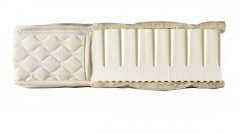
dormiente latex mattress
The latex mattress: the latex mattress is made from rubber. It’s supposed to be a material that offers exceptional elasticity, which means a good night sleep and a good resistance to wear over time. If the mattress is 100% latex, then it should have a long life. It’s a very good choice for anyone prone to allergies because it has hypoallergenic qualities or for those suffering from back problems. In addition, this type of mattress ventilates well and handles moisture well enough. It can be found to fit one or two people and have a high density.
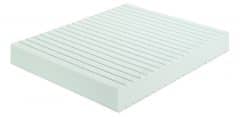
Golden Night foam mattress
The foam mattress: polyurethane, high resilience, memory shape, there are several varieties of foam but they all offer a very good support, especially when the density is greater than 35 kg / m³. For that we must focus on high resilience foams H.R / H.D which have better elasticity and comfort properties. It resists better in time and remains the most affordable technology by all. Densities below 35 Kg / m³ are recommended for children or people weighing less than 60 Kg. Know that the higher the density, the better your comfort will be. The other advantage of foam mattresses is their weight. Lighter than latex or spring models, they are easier to handle and move, a significant criterion if you live alone or if you suffer from back problems.
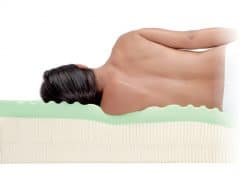
Golden Night memory mattress
The memory mattress: viscoelastic foam, also called memory foam, provides effective relief to back pain, and reacts with body heat and molds to the morphology of your body while providing good support. It is applied in a direct reception layer or under the classic upholstery, in which case it also offers very good sleeping independence. Originally created by NASA to alleviate the pressure suffered by astronauts during take-off, this very high density Polyurethane foam adapts perfectly to your morphology, limits the pressure points with a density between 50Kg / m³ and 80 Kg / m³ and thus improves the quality of sleep.








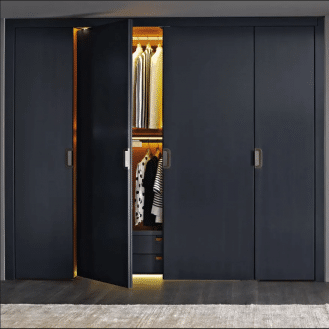

When selecting a mattress, the most important choice will come right down to either foam or coils. The foam offers great hug, contour, and a singular feel. The coil may be a more traditional feel with great bounce. For many sleepers I like to recommend foam. However, if you’re very large, need a traditional feel, and/or have extreme cooling needs, coils are often the higher choice.
I really appreciate your tips on choosing a mattress based on its thickness and size. My sister needs to buy a new mattress. I’ll share your tips with her so she finds the right one for her needs.